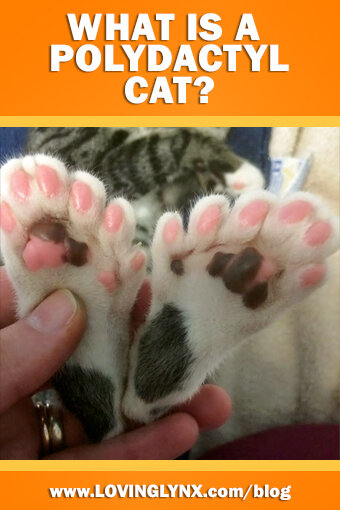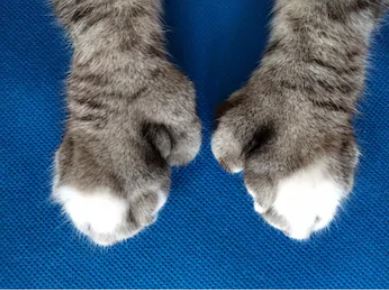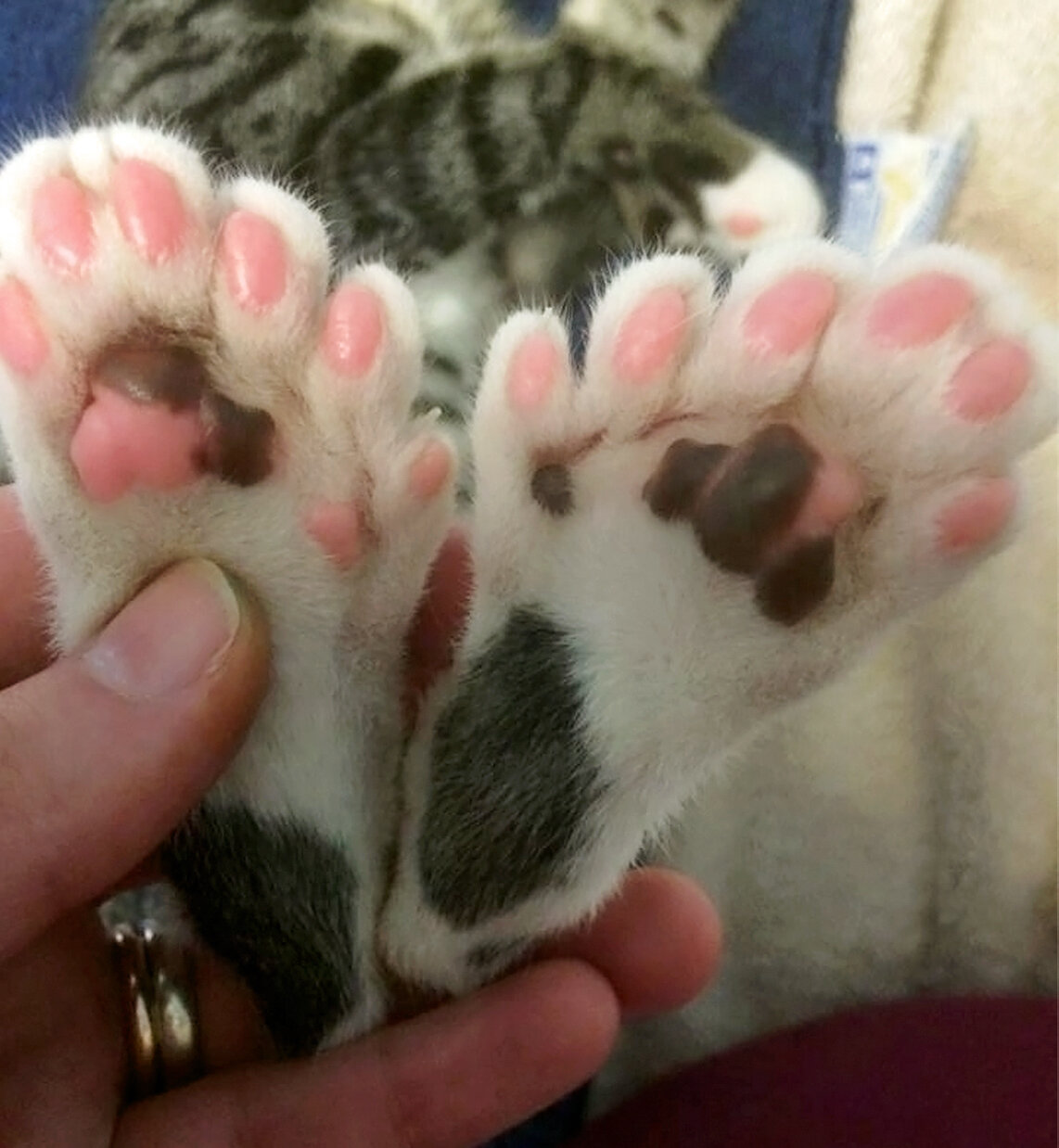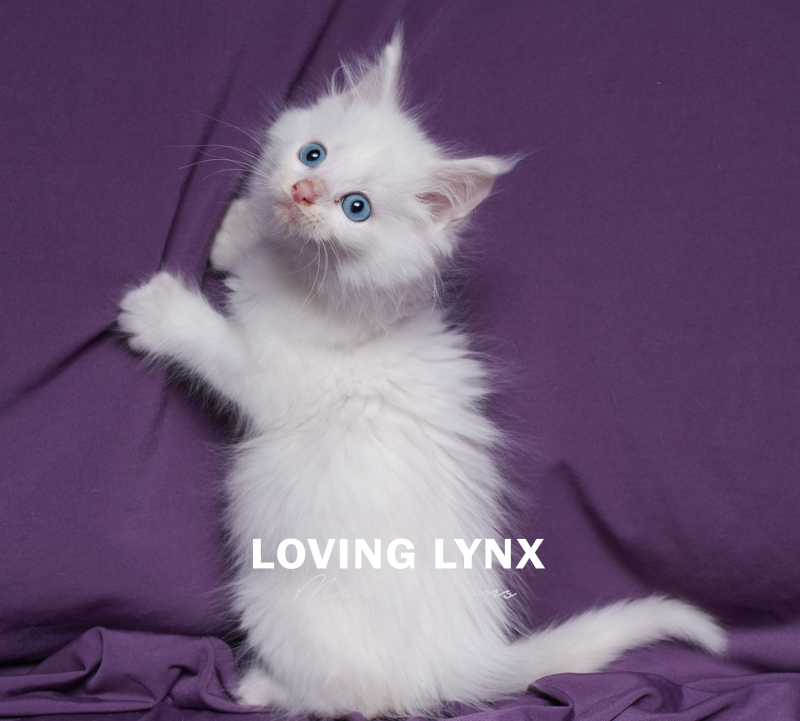Polydactyl Maine Coons
Polydactyl Maine Coons are in fact Maine Coons not a different breed nor a cross of breeds. CFF and TICA have accepted the Polydactyl Maine Coon into championship status. Pterodactyl (from the Greek: poly = many, daktulos = fingers) is a common trait in cats inherited as an autosomal dominant. It is a naturally occurring genetic variation that occurs in many animals as well as in humans. Although the trait had been observed earlier, the first official scientific recording of pterodactyl was in 1868.
What is a polydactyl cat?
The gene for polydactylism can give rise to either extra toes or extra dewclaws. Each toe has its own “terminal pad” (the fingertip pad) and often an extension of the palmar pad (the larger pad on the front foot) or plantar pad (the larger pad on the rear foot).
It is possible for cats to even have different numbers of toes on each of its front feet!
Front Feet Polydactyl
The expression 2x or 2wd (wheel drive) refers to front feet being polydactyl.
Back Feet Polydactyl
The expression 4x or 4wd (wheel drive) refers to all four feet being polydactyl.
Polydactyly is a dominant mutation with variable expression giving rise to extra toes (Pd-).
How many toes does a cat have?
Normally, a cat has 18 digits. The front paw has 4-5 toes and 1 dewclaw (the small toe on the medial side of the foot that doesn’t touch the ground). Most polydactyl cats have one or two extra toes on each foot, with the extra toes appearing on the thumb side of the foot. The normal rear paw has four toes.
Extra toes In Cats
Pictures Back feet Polydactyl
Pictures front feet Polydactyl
Health Concerns
Harmless
Polydactyly is a harmless genetic trait that is inherited from a parent
Autosomal Dominant
The polydactyl gene is autosomal dominant, meaning only one parent needs to contribute a copy of the gene for the trait to appear
Anomalies
The polydactyl gene is not linked to other anomalies
FACT: Most cases of polydactylism affect the front feet only.








